
How to Use UFM-02 translation board: Examples, Pinouts, and Specs
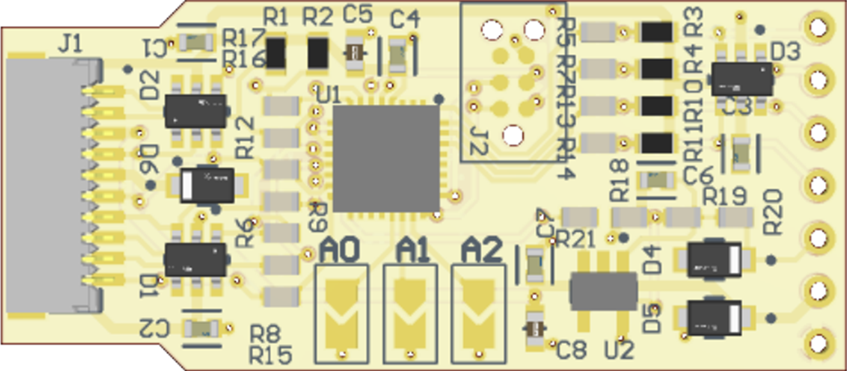
 Design with UFM-02 translation board in Cirkit Designer
Design with UFM-02 translation board in Cirkit DesignerIntroduction
The UFM-02 Translation Board by ScioSense is a versatile interface board designed to facilitate communication between different protocols. It enables seamless signal and data format conversion, making it an essential tool for integrating diverse electronic systems. The UFM-02 is particularly useful in applications requiring protocol bridging, such as industrial automation, IoT devices, and embedded systems.
Explore Projects Built with UFM-02 translation board
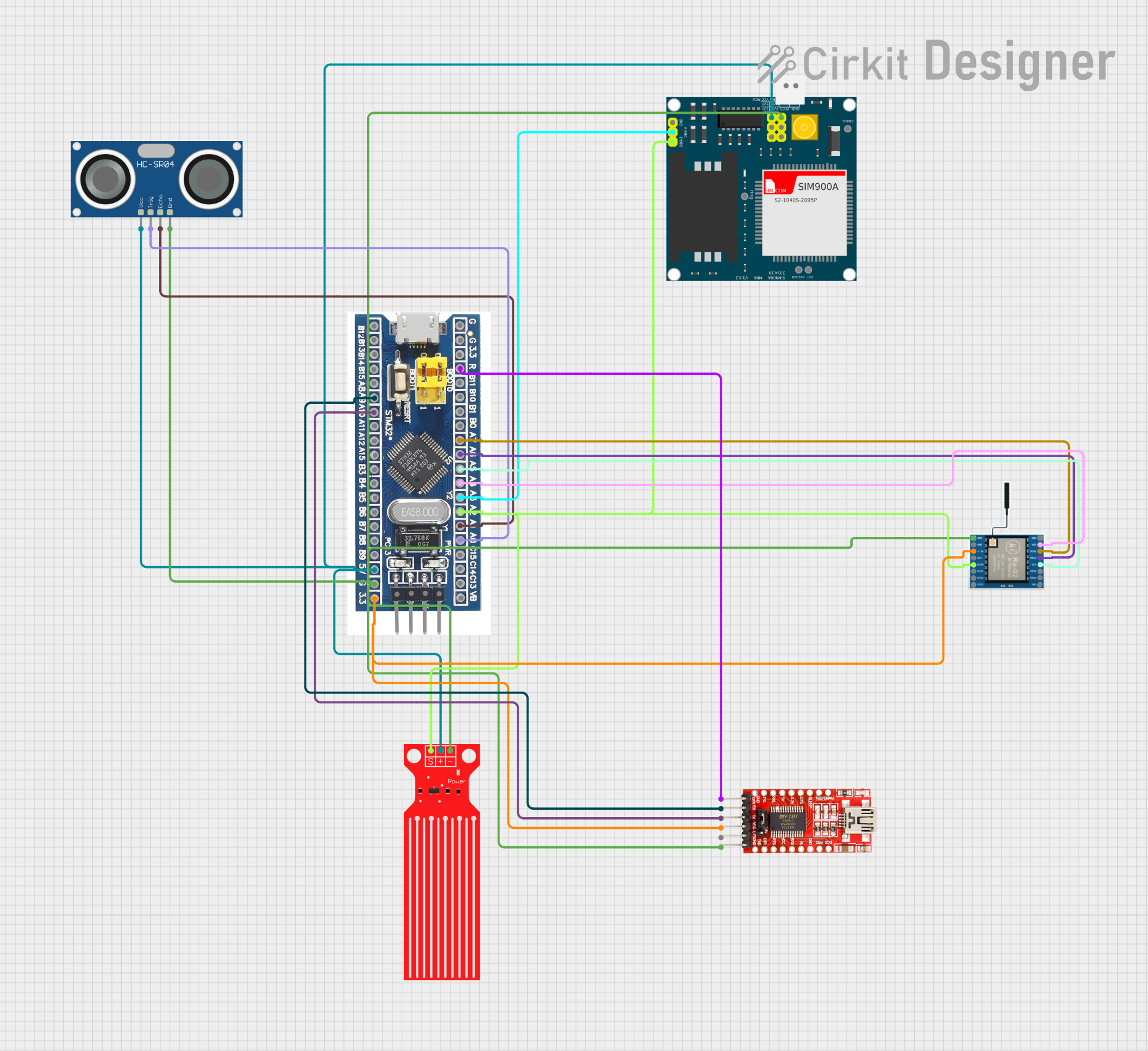
 Open Project in Cirkit Designer
Open Project in Cirkit Designer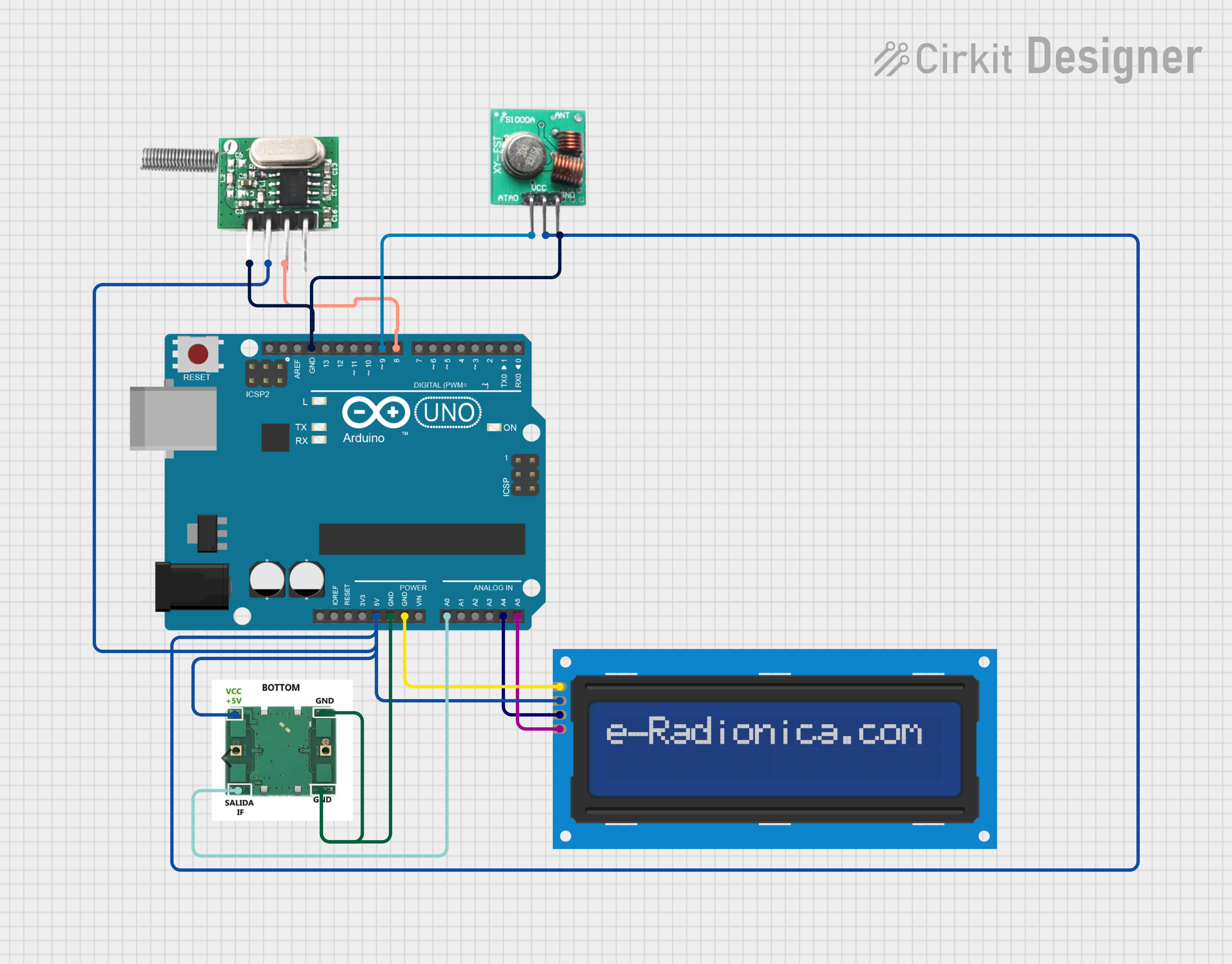
 Open Project in Cirkit Designer
Open Project in Cirkit Designer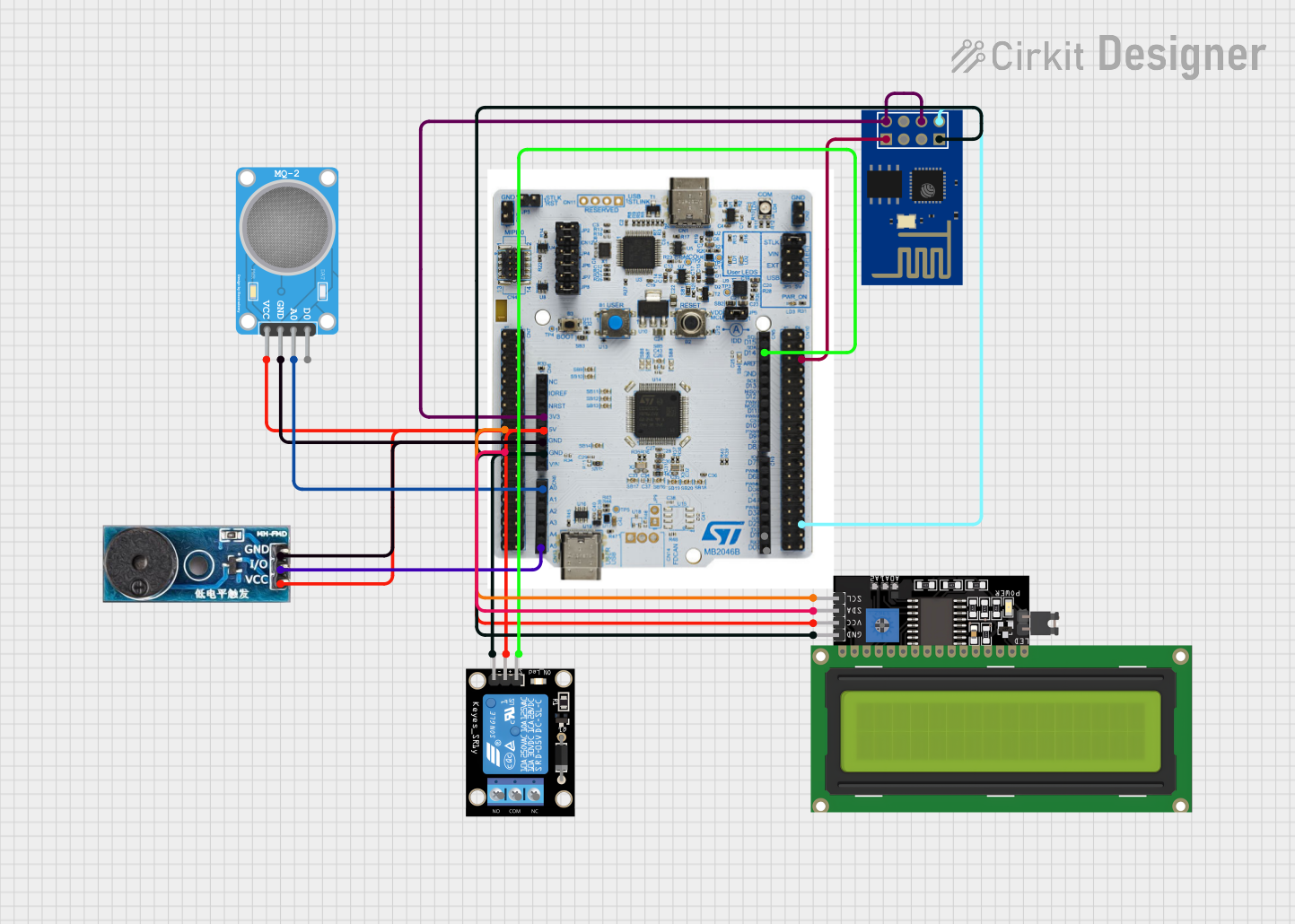
 Open Project in Cirkit Designer
Open Project in Cirkit Designer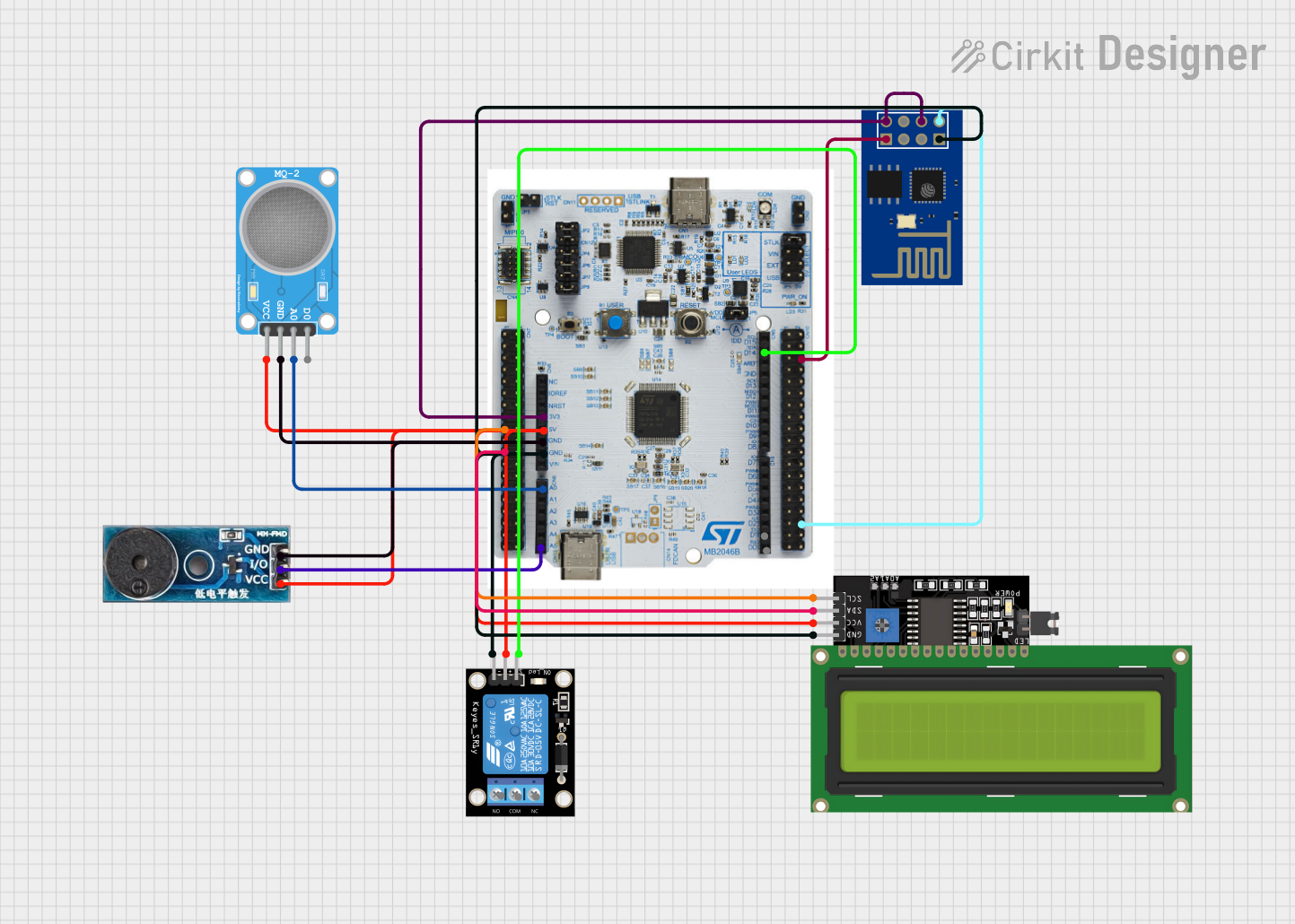
 Open Project in Cirkit Designer
Open Project in Cirkit DesignerExplore Projects Built with UFM-02 translation board

 Open Project in Cirkit Designer
Open Project in Cirkit Designer
 Open Project in Cirkit Designer
Open Project in Cirkit Designer
 Open Project in Cirkit Designer
Open Project in Cirkit Designer
 Open Project in Cirkit Designer
Open Project in Cirkit DesignerCommon Applications and Use Cases
- Bridging communication between I²C, SPI, and UART protocols.
- Interfacing legacy systems with modern microcontrollers or processors.
- Debugging and testing communication protocols in development environments.
- Facilitating data exchange in IoT and sensor networks.
Technical Specifications
Key Technical Details
- Manufacturer Part ID: UFM02_Translation_Board
- Supported Protocols: I²C, SPI, UART
- Operating Voltage: 3.3V to 5V
- Maximum Current Consumption: 50mA
- Communication Speed:
- I²C: Up to 400kHz
- SPI: Up to 10MHz
- UART: Configurable baud rates up to 115200bps
- Operating Temperature Range: -40°C to +85°C
- Dimensions: 40mm x 30mm x 10mm
- Connector Type: Standard 2.54mm pitch headers
Pin Configuration and Descriptions
The UFM-02 Translation Board features a 10-pin header for interfacing with external devices. The pinout is as follows:
| Pin | Name | Description |
|---|---|---|
| 1 | VCC | Power supply input (3.3V to 5V). |
| 2 | GND | Ground connection. |
| 3 | SDA | I²C data line. |
| 4 | SCL | I²C clock line. |
| 5 | MOSI | SPI Master Out Slave In (data output from master). |
| 6 | MISO | SPI Master In Slave Out (data input to master). |
| 7 | SCK | SPI clock line. |
| 8 | CS | SPI chip select (active low). |
| 9 | TX | UART transmit line. |
| 10 | RX | UART receive line. |
Usage Instructions
How to Use the UFM-02 Translation Board in a Circuit
- Powering the Board: Connect the VCC pin to a 3.3V or 5V power source and the GND pin to the ground of your circuit.
- Protocol Selection: Determine the communication protocol (I²C, SPI, or UART) required for your application.
- Wiring:
- For I²C, connect the SDA and SCL lines to the corresponding pins on your microcontroller or device.
- For SPI, connect MOSI, MISO, SCK, and CS to the respective pins on your master or slave device.
- For UART, connect TX and RX to the corresponding UART pins on your device.
- Configuration: Configure the communication settings (e.g., baud rate for UART, clock speed for SPI) in your microcontroller or software.
- Testing: Verify the connections and test the communication using appropriate software or debugging tools.
Important Considerations and Best Practices
- Ensure that the voltage levels of the connected devices are compatible with the UFM-02 (3.3V or 5V).
- Use pull-up resistors (typically 4.7kΩ) on the SDA and SCL lines for I²C communication.
- Keep SPI clock speeds within the board's maximum supported frequency (10MHz).
- For UART communication, ensure that the baud rate and data format (e.g., parity, stop bits) match between devices.
- Avoid long wires to minimize signal degradation, especially at higher communication speeds.
Example: Using UFM-02 with Arduino UNO (I²C)
Below is an example of how to use the UFM-02 Translation Board to interface an I²C sensor with an Arduino UNO.
Wiring
- Connect the UFM-02's VCC to the Arduino's 5V pin.
- Connect the UFM-02's GND to the Arduino's GND pin.
- Connect the UFM-02's SDA to the Arduino's A4 pin.
- Connect the UFM-02's SCL to the Arduino's A5 pin.
Code
#include <Wire.h> // Include the Wire library for I²C communication
#define SENSOR_ADDRESS 0x40 // Replace with the I²C address of your sensor
void setup() {
Wire.begin(); // Initialize I²C communication
Serial.begin(9600); // Start serial communication for debugging
Serial.println("UFM-02 Translation Board I²C Example");
}
void loop() {
Wire.beginTransmission(SENSOR_ADDRESS); // Start communication with the sensor
Wire.write(0x00); // Send a command or register address (example: 0x00)
Wire.endTransmission(); // End the transmission
Wire.requestFrom(SENSOR_ADDRESS, 2); // Request 2 bytes of data from the sensor
if (Wire.available() == 2) {
int data = Wire.read() << 8 | Wire.read(); // Read and combine the two bytes
Serial.print("Sensor Data: ");
Serial.println(data); // Print the received data
}
delay(1000); // Wait for 1 second before the next reading
}
Troubleshooting and FAQs
Common Issues and Solutions
No Communication Detected:
- Verify that the power supply (VCC and GND) is properly connected.
- Check the wiring for loose or incorrect connections.
- Ensure that the communication settings (e.g., baud rate, clock speed) match between devices.
Data Corruption or Noise:
- Use shorter wires to reduce signal degradation.
- Add decoupling capacitors near the power supply pins to filter noise.
- For I²C, ensure pull-up resistors are present on the SDA and SCL lines.
Device Not Responding:
- Confirm the device's address (for I²C) or chip select (for SPI) is correct.
- Check for any hardware faults or damaged components.
FAQs
Can the UFM-02 handle 1.8V devices?
- No, the UFM-02 is designed for 3.3V and 5V systems. Use a level shifter for 1.8V devices.
What is the maximum cable length for I²C communication?
- The maximum length depends on the pull-up resistor values and communication speed, but it is generally recommended to keep it under 1 meter.
Can I use multiple protocols simultaneously?
- No, the UFM-02 is designed to operate with one protocol at a time. Configure the board for the desired protocol before use.